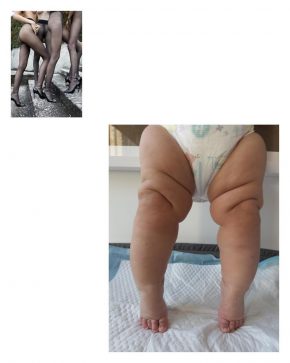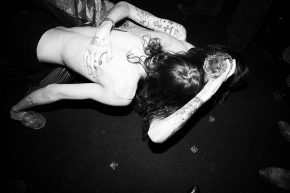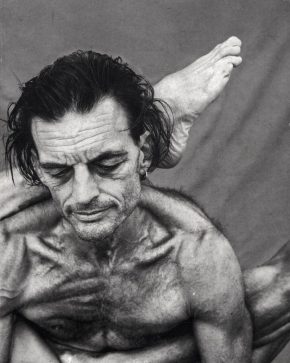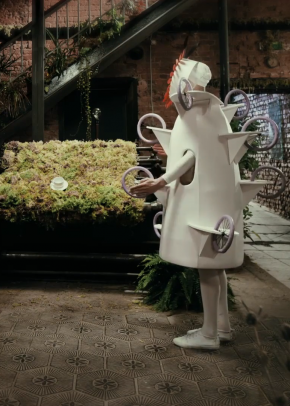In this moving photo series, Thy Tran uses her camera as a tool to express what she can’t say to her lover
“I think the trail and error element in film photography is quite beautiful. I am aware that I am not always going to create beautiful images when I shoot film but it definitely helps me to slow down the process and pay more attention to what I’m really looking at.” Thy Tran is talking about the bittersweetness of working in analog photography. It’s a craft she took to after being gifted her ex-boyfriend’s camera when she began studying photography at university, despite being more drawn to painting. In 2015, she moved to Saigon, Vietnam from Melbourne (having originally moved to Australia from Ho Chi Minh city) and found the cost of film comparatively cheaper. It’s here that she began to really devote time to her personal documentary projects – including her just-released book, Cacher.
Cacher (French for “to hide”) uses the camera to create a new language for the sentiments that Thy struggled to communicate to a girlfriend with words. She told Medium, “The space between us, between my girlfriend and I, there are many feelings that I could not find words to transcribe for that, therefore, through my camera, I am searching for a language to speak to that.”
“I find the face is too distracting and has too many emotions to deal with” – Thy Tran
Taken between 2015 and 2017, the book is a combination of candid and composed images. “The photos are an invitation to my world,” Thy explains. “The accumulation of these photographs over time became an experience of storing memories, a story with no end. It is an intimate photo essay documenting both the mundane and the emotional vs. personal spaces between lovers.”
Thy’s subject’s face – and therefore identity – remains obscured throughout, a decision which the photographer says allowed for a deeper, and more comfortable, connection. “The act of mystifying a person’s identity has always been my obsession,” she explains. “I find the face is too distracting and has too many emotions to deal with. Portraiture without a face allows me to stay more focused on body language, the physical contact between the subject and me. It’s somewhat precious and intimate like I should not take any of that minute for granted.”
Cacher – published by NB – is available now


























Comments